by Barbara C. Thompson Book, Indiana University Southeast
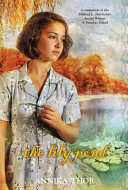 Recently the American Library Association gave out its awards for books for Youth and Young Adults at its Mid-Winter Convention in Dallas, TX. In the age of Twitter and other social networks, those of us not able to be in Dallas were able to participate in the announcements in real time. These awards are considered the Oscars of Children’s Literature in the United States, with the Caldecott winner (this year Chris Rascha) and the Newbery winner (this year Jack Gantos) appearing on the Today show the next day. There are so many children’s literature geeks in this country that the event “trended” on Twitter.
Recently the American Library Association gave out its awards for books for Youth and Young Adults at its Mid-Winter Convention in Dallas, TX. In the age of Twitter and other social networks, those of us not able to be in Dallas were able to participate in the announcements in real time. These awards are considered the Oscars of Children’s Literature in the United States, with the Caldecott winner (this year Chris Rascha) and the Newbery winner (this year Jack Gantos) appearing on the Today show the next day. There are so many children’s literature geeks in this country that the event “trended” on Twitter.
Continue reading



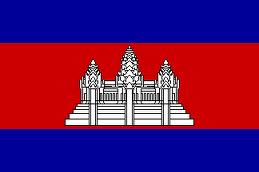
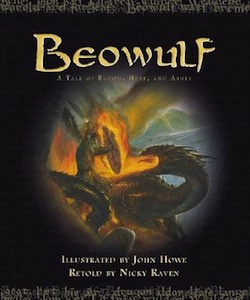
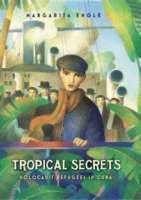 Those who are familiar with the vast range of contemporary novels published today are aware of the diversity of topics, characters, and events that make these books significant and appealing to readers. However, as with the realm of picture books, many readers, adolescents and young adults, are not aware of the powerful contents of these books, and educators working with this population are often even less informed, or their perception is that YA literature is a bridge to the more difficult pieces traditional literature.
Those who are familiar with the vast range of contemporary novels published today are aware of the diversity of topics, characters, and events that make these books significant and appealing to readers. However, as with the realm of picture books, many readers, adolescents and young adults, are not aware of the powerful contents of these books, and educators working with this population are often even less informed, or their perception is that YA literature is a bridge to the more difficult pieces traditional literature. 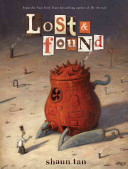 Picture books have been defined over the past few decades with great integrity and attention to the complex interaction that occurs for the reader through the visual aspects of such books—text, illustrations, total design; a commercial product; a social, cultural, historical document (Bader, 1976). Still, when secondary teachers are approached about using picture books in the classroom, many somewhat shun the idea or act surprised that anyone could think this a valid curricular resource for older students. A small number attest to the fact that picture books hold significant experiences for older readers and these teachers can share numerous reasons why picture books play an important role in their instruction.
Picture books have been defined over the past few decades with great integrity and attention to the complex interaction that occurs for the reader through the visual aspects of such books—text, illustrations, total design; a commercial product; a social, cultural, historical document (Bader, 1976). Still, when secondary teachers are approached about using picture books in the classroom, many somewhat shun the idea or act surprised that anyone could think this a valid curricular resource for older students. A small number attest to the fact that picture books hold significant experiences for older readers and these teachers can share numerous reasons why picture books play an important role in their instruction. 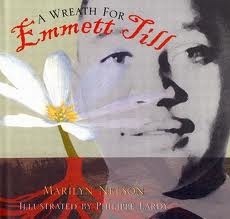

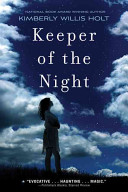 One of the themes that intrigued me when I was doing my dissertation on Chamorro literature was the idea of simplicity that emerged from the teachers’ comments. Anthropological research reveals Chamorros have a complex network of reciprocal arrangements that binds the community together (Thompson, 1969, de Valle, 1978). My own experience has taught me that being Chamorro is far from simplistic. We have an intricate maze of relations that we must know and be able to navigate within (e.g. which person should be greeted first, second, and so on, when entering a room full of relatives). Coming from these contexts, comments like “Chamorros are simple people” really stand out.
One of the themes that intrigued me when I was doing my dissertation on Chamorro literature was the idea of simplicity that emerged from the teachers’ comments. Anthropological research reveals Chamorros have a complex network of reciprocal arrangements that binds the community together (Thompson, 1969, de Valle, 1978). My own experience has taught me that being Chamorro is far from simplistic. We have an intricate maze of relations that we must know and be able to navigate within (e.g. which person should be greeted first, second, and so on, when entering a room full of relatives). Coming from these contexts, comments like “Chamorros are simple people” really stand out.